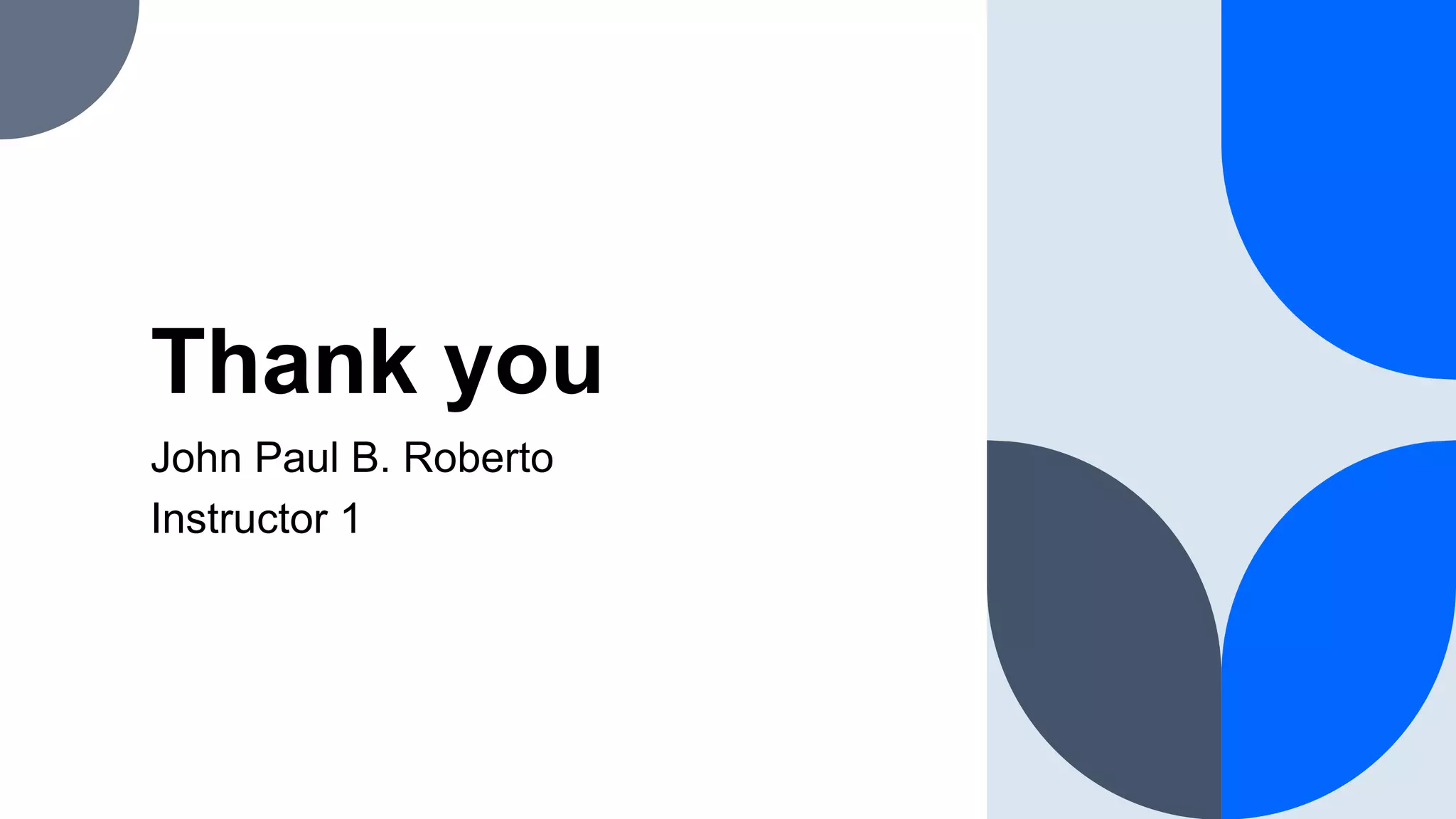This document discusses continuous process improvement. It outlines the objectives of understanding concepts like the Juran Trilogy, improvement strategies, problem types, the PDSA cycle, problem solving methods, Kaizen, and reengineering. The Juran Trilogy involves quality planning, control, and improvement. There are four improvement strategies: repair, refinement, renovation, and reinvention. The PDSA cycle and problem solving methods provide frameworks for continuous improvement. Important philosophies discussed include Kaizen, which relies on employee involvement, and reengineering, which aims for fundamental redesign. Success requires committed management.































